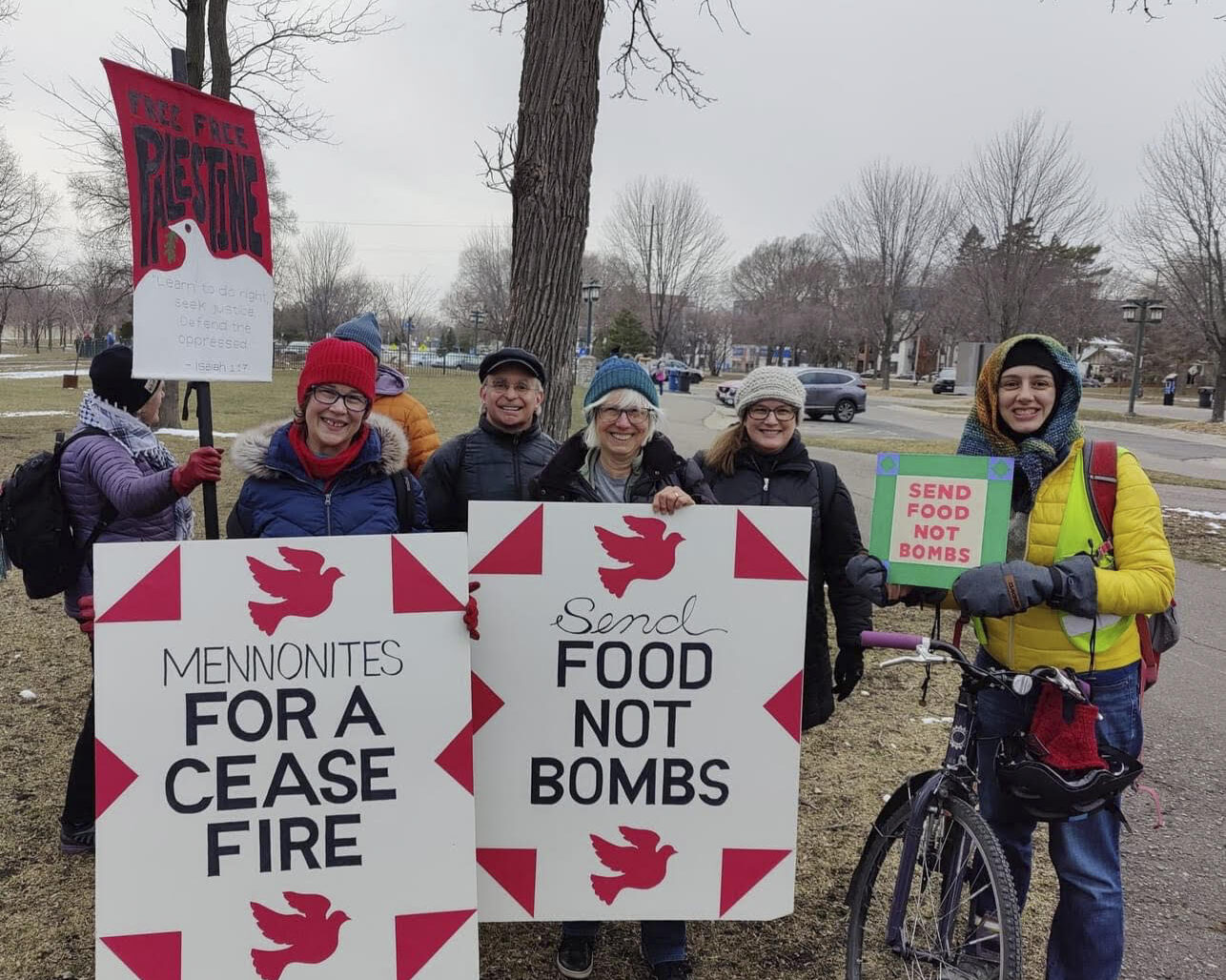The second coming of the Klan happened after the Great Migration of blacks to the north seeking industrial jobs in the cities during the second decade of the 20th century.
“Birth of a Nation” was an instant sensation when it was released in 1915. D.W. Griffith’s film techniques were advanced for the period. The 12-reel film, the longest film in history at the time, was so long it was shown with an intermission. It was a romanticized version of the birth and triumph of the Ku Klux Klan over the opportunism of northern carpetbaggers and criminally depraved southern blacks. When the virtue of southern women was in danger, the Klan rode in to the rescue, and the film concluded “happily” as Klansmen surrounded the homes of black people to prevent them from voting.
Griffith was born just outside of Louisville, and it must be assumed that his racist stereotypes, his sentimental notions of white gentility, and his heroic notion of the Klan were a common narrative among Kentuckians at the time.
“Birth of a Nation” premiered in February of 1915. In June a group of 25 armed men who called themselves the Knights of Mary Phagan stormed into the Atlanta jail and kidnapped Leo Frank, a Jewish factory owner who had been convicted of murdering 13-year-old Mary Phagan, who worked in his factory. The governor believed Frank had been wrongly convicted and commuted his sentence to life imprisonment. The Knights drove Frank 170 miles to Mary Phagan’s hometown and lynched him.
By Thanksgiving of 1915, inspired by the movie, William Joseph Simmons founded the revival and reincarnation of the Klan in Stone Mountain, Ga., just 19 miles east of Atlanta. Probably as a result of the popularity of Griffith’s film, hundreds of thousands joined. The film was consciously used as a recruiting tool to inspire a new generation.
By 1922 the Klan had grown into a formidable national organization, and there was a power struggle for leadership. Hiram Wesley Evans emerged as the Imperial Wizard of the Klan by out-maneuvering Simmons. He had the help of D.C. Stephenson. In return for his support, Evans made Stephenson the Grand Dragon of the seven states north of Alabama and Mississippi.
Stephenson was a charming and charismatic sociopath. He quickly made a fortune selling memberships to the Klan. Membership cost $10. The Kleagle, the Klan organizer selling the memberships, got half, and half went to the national organization. It wasn’t long before Stephenson saw the advantage in seceding from the South and setting up his own Klan and keeping all the money. His Klan was especially popular among white Protestant men in northern industrial cities who feared losing their jobs or homes to new immigrant Catholics or blacks moving north looking for work. Detroit, Toledo and, especially, Akron, Ohio, where the Klan boasted 50,000 members (the largest in the country—the mayor, judges, county commissioner, etc. were all members), showed how profitable it was to mine the fears of angry white men. Of course, the irony was that most of the new members were themselves new immigrants to the city, but they were mercifully spared from seeing the hypocrisy in their Evangelical Christian, All-American piety.
Stephenson switched the allegiance of the Klan from the Democratic to the Republican party, and soon it was white suburban Republicans versus inner city Democrats. The southern Klan stayed Democratic until LBJ signed the Civil Rights Bill in 1964.
Stephenson lived in Indiana, and that was the seat of his empire. He was Grand Dragon of the Indiana Klan. The Fourth of July gathering of the Klan in Kokomo, Ind., in 1923 had more than 100,000 members and their families present. Stephenson told the crowd: “My worthy subjects, citizens of the Invisible Empire, Klansmen all, greetings. It grieves me to be late. The President of the United States kept me unduly long counseling on matters of state. Only my plea that this is the time and the place of my coronation obtained for me surcease from his prayers for guidance.”
The state konklaves at Buckeye Lake in central Ohio in 1923 and 1925 had more than 70,000 attending.
Stephenson was probably the most powerful political figure in the Midwest at this point. He controlled the destinies of governors, mayors, legislators, judges and lesser luminaries. And then he got busted.
At the height of his popularity, in March of 1925, Stephenson kidnapped Madge Oberholtzer, a schoolteacher, took her on his private railroad car and raped her. She was so distraught she took mercury chloride to poison herself. Stephenson’s associates took her back to her home where they assumed she would die. She died from mercury poisoning and from a staph infection caused by Stephenson biting her, but before she died she gave a full description of the event to the police.
The sensational trial marked the end of the Klan’s wild popularity in the Midwest. Stephenson was convicted of rape and second-degree murder. He expected the governor to commute his sentence. But his influence had gone from a Midas touch to a lightning rod that promised instant electrocution. In prison, Stephenson was bitter and he talked to reporters about government officials that regularly took money from the Klan. All of a sudden, in the eyes of the public, the Klan was a corrupt monster. Membership went from 6 million in 1924 to less than 30,000 in 1930. Frightened and angry white men stopped joining, but that didn’t stop them from continuing to be frightened and angry with new immigrants and blacks.
The new Klan was never very active in Kentucky. The Invisible Empire looked way too visible for the Louisville power elite, but Kentucky vigilantes lynched six people in the period from 1920 to 1929 without white sheets and without too much fuss.
Warren Harding and the Republican Party platform in 1920 supported a federal anti-lynching law. It passed the House in 1922 but Southern Senate Democrats filibustered and blocked its passage, and the Senate and Harding did nothing to stop the filibuster. Harding’s campaign in 1920 from his front porch in Marion, Ohio, talked about a “return to normalcy” and a return to homespun 19th century values. It was easy for Klan members in 1923 to believe that Harding actually did sit down on his front porch and consult with their Grand Dragon.
The ’20s were a time of roaring prosperity, and people believed it would go on forever. Business was booming in Cincinnati. Procter and Gamble was manufacturing Ivory Soap. Midwest Radio Corporation began making radios and did the first broadcast there in 1919. Ford had opened an assembly plant in 1915. Four local factories were building trucks, and Chevrolet opened an assembly plant in 1923.
Also in 1923, the very exclusive Brown Hotel in Louisville introduced the Hot Brown Sandwich. It was an open-faced turkey and bacon with melted cheese and tomato. Bowman Field opened in Louisville in 1921. It was one of the first airports in the world. Eastern, TWA and Continental offered flights. Prohibition stopped the production of Jack Daniels until the mid-‘30s. But the big industry in Kentucky was coal. Nine hundred seventeen million tons of coal has been hauled out of Harlan County:
They say in Harlan County
There are no neutrals there
You’ll either be a union man
Or a thug for J.H. Blair
Which side are you on, boys?
Which side are you on?
There was a different sensibility between Cincinnati and Kentucky. Cincinnati was becoming industrial, and there was a hard-nosed pragmatism built into social relationships. Procter and Gamble had begun a profit sharing program for employees in 1887 because they understood their employees wouldn’t strike if they thought they owned part of the business. Likewise, in the ’30s unions were tolerated by management as the best way to insure continued production and profitability.
Kentucky, on the other hand, still had a plantation sensibility. There was no pretense of equality between owners and workers. The owners owned everything: the homes, the store, the churches, even the mail was read and censored and certain newspapers and publications weren’t allowed.
You load sixteen tons, what do you get
Another day older and deeper in debt
Saint Peter don’t you call me ‘cause I can’t go
I owe my soul to the company store























